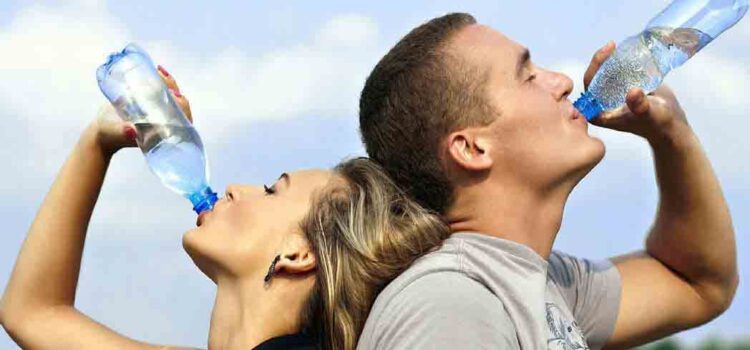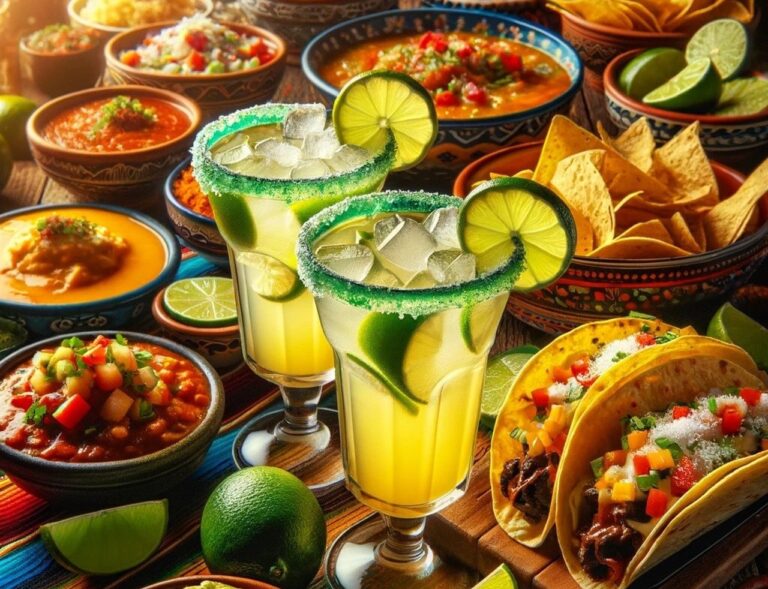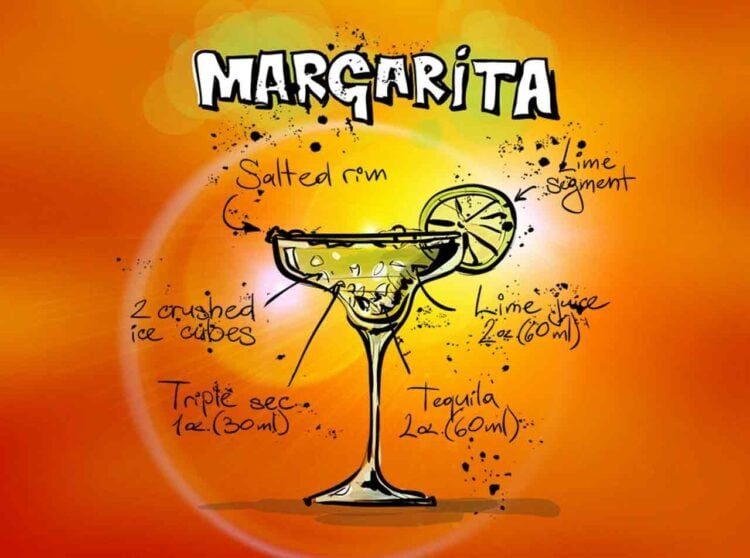Truth About Bottled Water

Look around and you’ll see that bottled water is now the norm. While drinking filtered water in your own reusable container is the more eco-friendly way to go, bottled water sales are nevertheless soaring.
The Cost of Bottled Water
The latest numbers show that Americans spend more than $12.3 billion on bottled water annually. In fact, experts say that buying bottled water is 2,000 times more expensive than drinking it straight from the tap. Aware of this trend, big companies (Nestlé, PepsiCo, Coca Cola) and smaller brands alike are tapping into this market with more than 4,000 brands of bottled water now available. Furthermore, Americans spent more money on bottled water than soda in 2022, making it the largest beverage category by volume in the United States according to Beverage Marketing Corp.
But lest you think this demand is simply a result of trendy shoppers obsessed with health, think again. The deteriorating taste and quality of tap water — and the fear of the contaminants it may contain despite local governments assuring us that it’s safe to drink — have made bottled water not just a choice for some people, but a necessity. This is especially true in the wake of such catastrophes as the water crisis in Flint, Michigan, which began in 2014 and continues today.
Not All Water is Created Equal
To make an informed choice about which bottled water is best for you, scrutinize the labels. European bottled mineral waters come from springs, which are simply underground water sources that flow naturally to the surface. Waters labeled “spring water” must come from a spring source. Federal labeling standards in the United States, which came into force in the mid-1990s, require that bottlers disclose on the label where the water originated.
Purified water is a different story — it’s usually produced by distillation, de-ionization or reverse osmosis. This water can originate from either the tap or from ground water. Often labeled “purified” or “drinking water,” this processed water often has minerals added to it to give it taste. If the water is produced by vaporization and condensation, it may be labeled “distilled water.” Either way, if you’re going the purified water route, it’s probably best to simply invest in an at-home water filter and bottle it yourself — it’s more environmentally friendly and cost-effective.
Water for Health
In Europe, bottlers tout the reputed healthful properties of certain water. Almost every European bottled water is “bottled at the source,” which means that it comes from a spring where people have gone for hundreds of years to “take the waters” in curative spa treatments. Spas like Vittel and Contrexeville have medical programs designed to address specific ailments. Some spa treatments involve consuming more than 80 ounces of water a day, which is said to remove toxins from the body and to be effective in the treatment of obesity. In Europe, these bottled waters with their mineral contents listed on the label are sold not only in supermarkets but also in pharmacies. Doctors even prescribe certain mineral waters for specific ailments.
In the United States, however, bottled water is marketed with an emphasis on its taste, contribution to fitness regimens and, in some cases, trendiness. The US Food & Drug Administration does not recognize any therapeutic values of bottled water because the existing medical research does not conform to FDA guidelines. However, the therapeutic value of certain bottled waters is becoming a subject of discussion in American scientific and medical circles. There’s also a growing popularity of flavored and enhanced waters, which promise to do everything from increase energy to improve skin clarity.
Carbonated Water
Carbonated, sparkling, seltzer or soda water. Whatever you call it, bubbly water is nothing more than still water that’s been infused with carbon dioxide. The taste of carbonated water is effected by its level of carbonation — the more carbon-dioxide gas present, the more acidic the water tastes. This sensation, which could be described as bracing, sharp or spritzy, can be positive or negative, depending upon which minerals are in the water. Certain minerals bind the carbonation into the water. In bottled-water tastings, the more highly mineralized carbonated waters have scored best. Just keep in mind that some carbonated waters have added sodium, which in turn could actually make you thirstier and defeat the purpose of quenching your thirst. If you’re trying to avoid any ingredients other than pure water, make sure you read the label. It’s a good rule to follow for anything you’re putting in your body.




